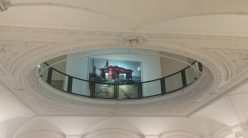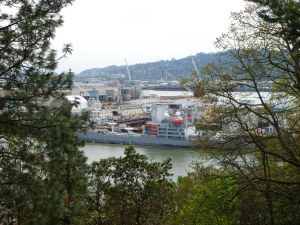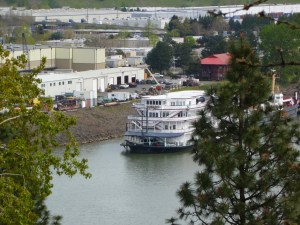I think Prague was my favorite place I’ve traveled. I feel very fortunate that I was able to live there a few months, my perspective definitely would not have been the same had I just passed there on a greater trip.
Of course my home, New York, will always have a special place in my heart, and I will probably always think of other places in reference to it. But going to Prague really puts things into perspective of why I’ve had a wanderer’s syndrome, and why I have the desire to depart from a standardized lifestyle. I really like Portland, where I currently live, and the nature of Oregon is really special. But not a day passes where I do not reflect upon my references on the Czech Republic.
I’ll always remember my flight to Prague from JFK, through Czech Airlines, a surreal airline with planes and stuartists that seemed stuck in a time capsule from the 1970s. I remember sitting next to an elderly Slovakian woman who took full advantage of her complimentary Becherovka shots (which I later learned the most popular Czech liquor) and going through some non-lingual conversations about the reasons for our shared flight experience, despite her lack of English and my lack of Slovak. Though it seems an expensive journey back, I’ll hopefully one day find a cheap flight to Prague again.
The food there was not my favorite, and the weather was not great, but once you can get over little discomforts, this city really has a lot to offer.
I do not know exactly what it was about Prague, I think it was just the little things, as cliche as that sounds. For instance, I loved living in some old Yugoslavian dormitory with walls that would brush white dust all over all of our belongings and clothing. We would get breakfast in the basement, prepared by these decrepit old ladies who were certainly a product of harder times. They would feed us things like chocolate Santas around Christmas time, and daily juice that tasted like really watered down gatorade. And yogurts that were flavored like liqueur or like aloe vera, or sometimes pomegranates, which none of us really knew how to gracefully disect and would often stain ourselves and the tables red.
Riding the tram was also one of my favorite parts. I lived in a buffer zone between Prague Castle, a really touristy part, and then Prague 6, a residential area, so it was a pleasant balance. I’d get on the 22 tram from the Pohojelec stop to head down the hill into Old Town every day. The tram would stop at Prague Castle, and then continue to swirl down the hill into the city center, moving from the tired Socialist architecture, downhill towards the picturesque gothic and medieval area, before dropping us off right before the river. The late-night trams were also a trip, full of drunk people and other interesting characters yelling or dancing or bouncing around, or just passing out on the chairs.
Prague was also a fabulous place to go on random walks. It is a small enough city to always have an idea of where you are, but a big enough city to run into unknown little neighborhoods that all have something to display without trying to. It was nice to finally learn enough Czech to order a tea or a glass or wine at some small cafe I would stumble upon, and then sit in the background to observe the people and the surroundings.
I also was fortunate to teach English at a local high school. The students there taught me so much more about Prague and Czech culture than I would get out of reading some ethnographical book.
I think I liked Prague for the overall feeling I had there. Of course the standard things were great; beautiful architecture, happening nightlife, good museums, interesting history. But just the way I felt, whether walking around the streets alone or passing through a daily commute, when none of these standard topics were distracting me and absorbing all my attention, was my favorite part.















